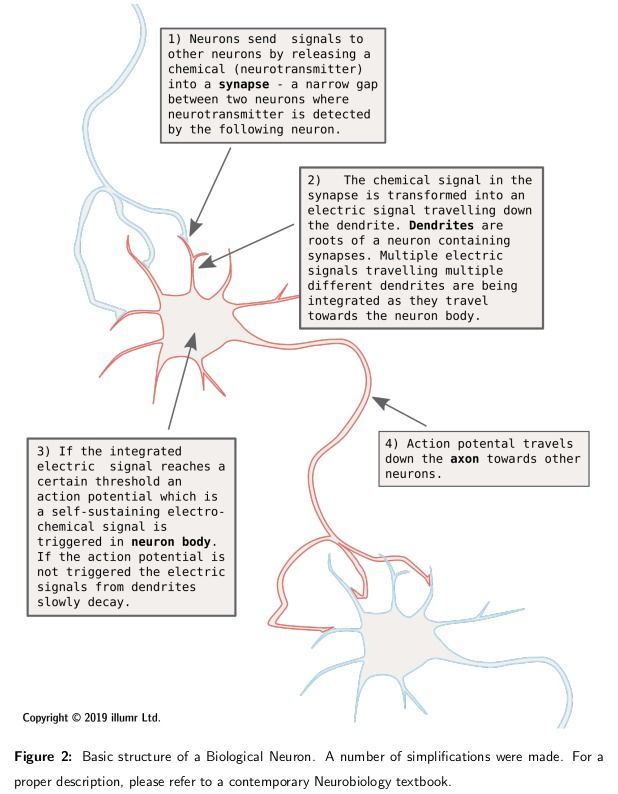The laws of physics stay the same no matter one’s perspective. Now this idea is allowing computers to detect features in curved and higher-dimensional space.
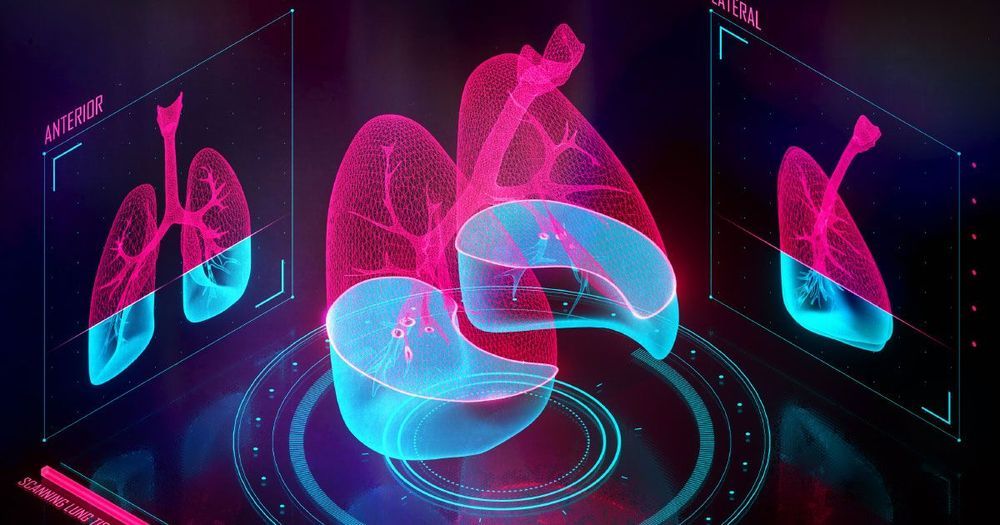

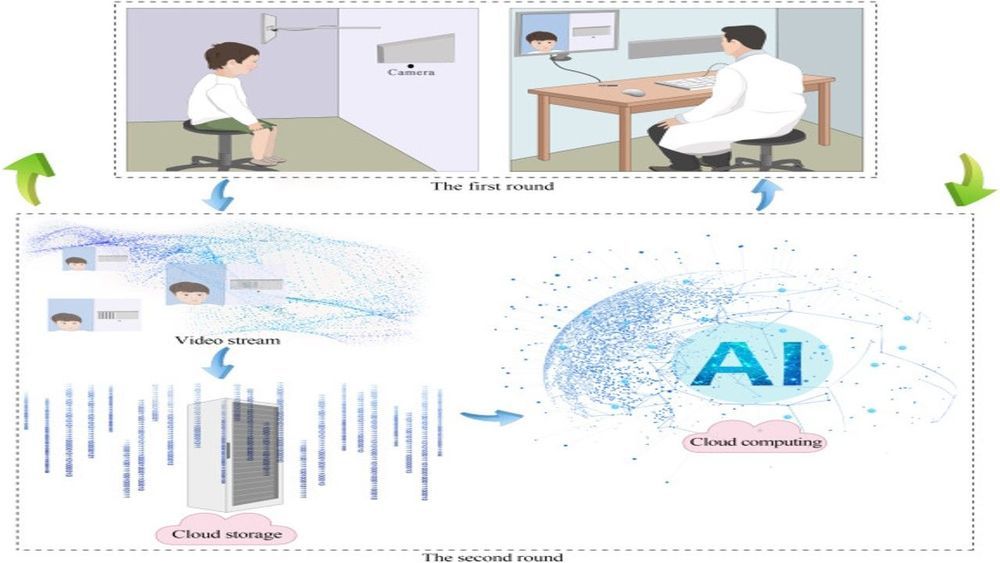
Recently published an article on Deep Learning.
Examining the visual acuity of children who are younger than three years old is important for the early discovery of abnormal visual development, potential ophthalmic diseases, and neurological disease.
If the visual abnormal development is not diagnosed in time, later development will be affected, but performing visual examination in children is challenging due to their lack of understanding of instructions. Evaluating the visual acuity of children remains difficult since many children are unable to effectively express their understanding, especially with respect to directions (i.e., up, down, left and right). In addition, it is difficult for children to concentrate for a long time during the vision examination. The Teller visual acuity (TVA) card can be used to evaluate the visual acuity of children, but not all the operations are recorded and can be reviewed.
Abstract
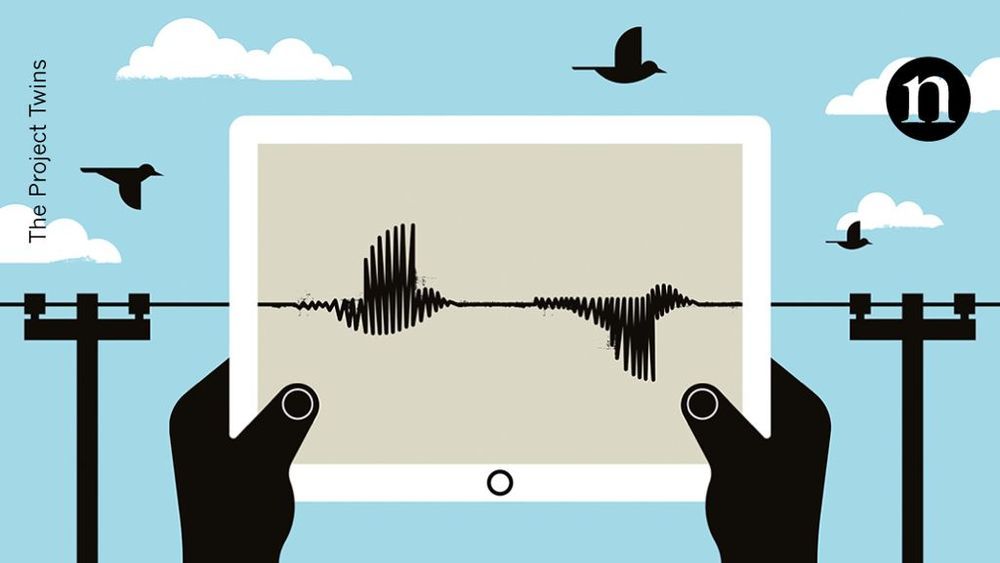
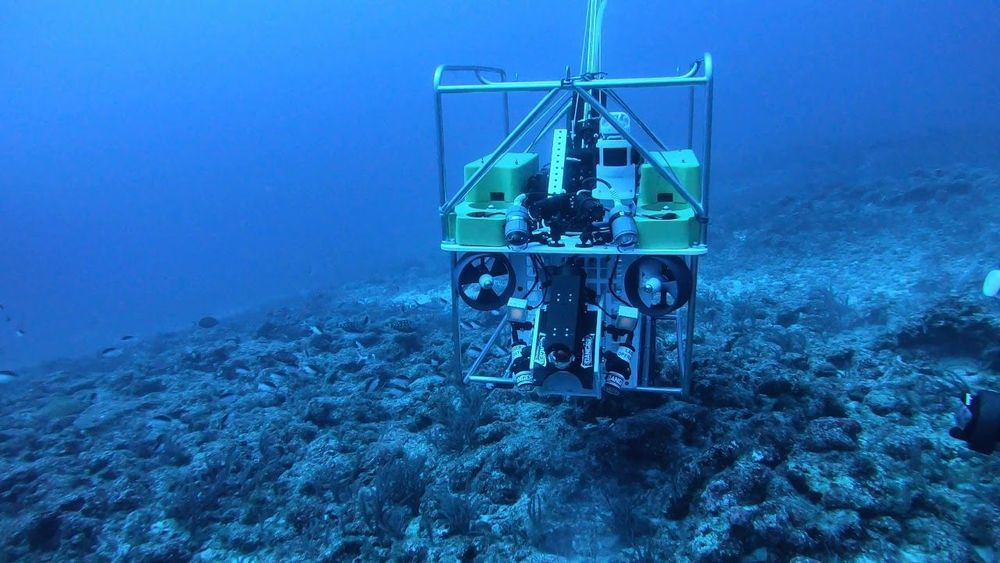
The sneaky, hungry invasives have been messing with reef ecosystems for decades—but Florida says, no more!

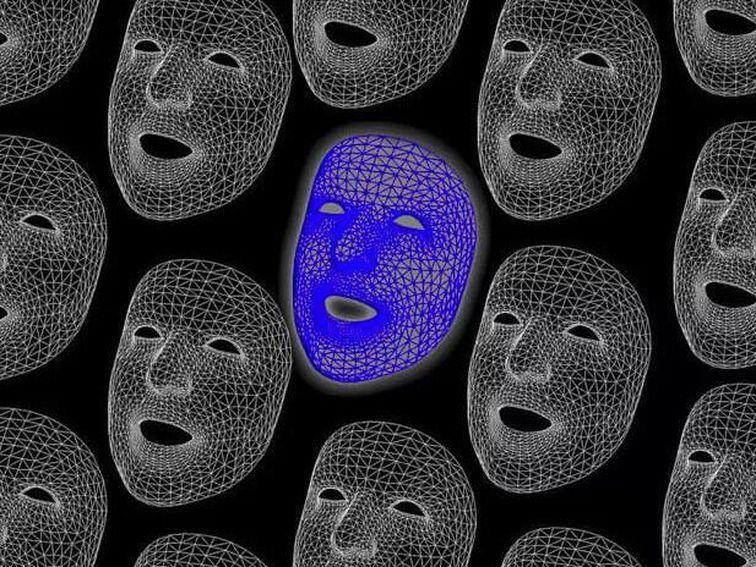
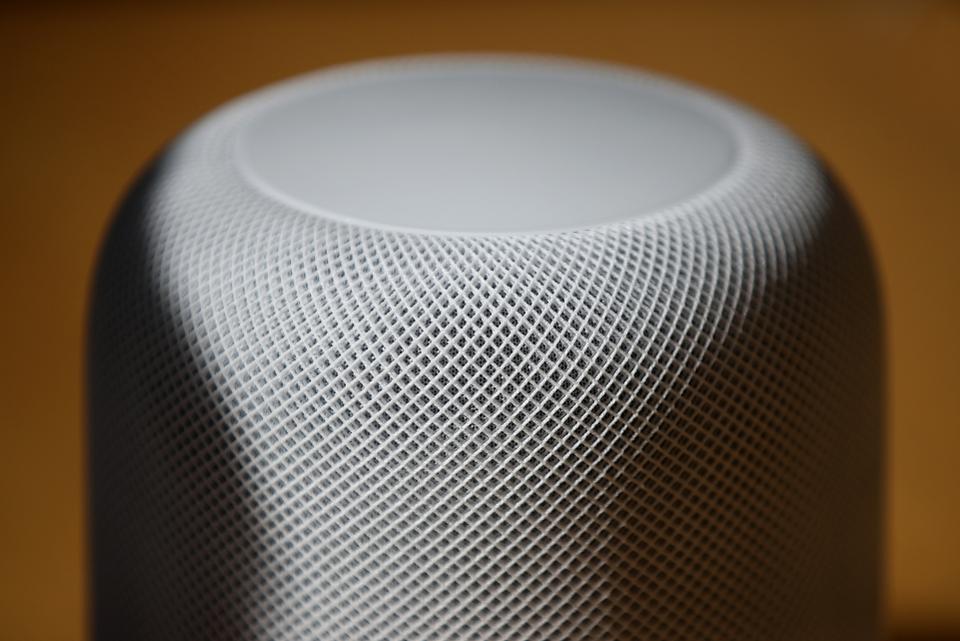
Apple has reportedly paid $200 million to acquire Seattle-based artificial intelligence company Xnor.ai, which specialises in edge-based AI.
The purchase is one of many for Apple, which has become adept at vacuuming up tech startups, but it also gives us a glimpse into the company’s thinking when it comes to future devices.
Xnor.ai’s work on hyper-efficient, low-power AI that doesn’t require powerful processing or a connection to the cloud (processing locally on-device instead), neatly slots into a few areas Apple is currently working on.

Anyone with a modicum of skill can create deepfake videos using artificial intelligence, but experts suggest that AI may also be the solution that allows rapid and accurate identification and detection.
By now, most of us have shared a few chuckles over AI-generated deepfake videos, like those in which the face of comedian and impressionist Bill Hader gradually takes on the likenesses of Tom Cruise, Seth Rogen, and Arnold Schwarzenegger as he imitates the celebrities. We’ve seen actor Ryan Reynolds’ mug superimposed over Gene Wilder’s in the 1971 classic film “Willy Wonka & the Chocolate Factory.” We’ve even marveled over businessman Elon Musk being turned into a baby.
It all can be quite humorous, but not everyone is laughing. Tech companies, researchers, and politicians alike are growing concerned that the increasing sophistication of the artificial intelligence and machine learning technology powering deepfakes will outpace our ability to discern between genuine and doctored imagery.
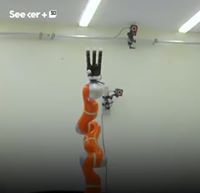
Not sure how old this video is. But, Very impressive if it is able to grab random objects at these speeds; although i suspect it needed a lot of training before.
This handy #roboticarm can be trained to catch practically anything. 🤖 💪
Looking for a job in AI & Machine Learning. Follow us for more updates or visit: https://aijobs.com/
#aijobs #artificialintelligence #datascience #robots #ai #IoT #AIoT #deeplearning #robotics #tecnologia #cybersecurity #aiskills #artificialintelligenceai #machinelearning #machinelearningalgorithms #futuretechnology #ML #computerengineer #codinglife #coding #programmerlife #VR #technologies #techie
